- Home
-
Nepal
-
Trekking
- Dhampus trek
- Jomsom Muktinath Trek
- Annapurna Base Camp Trekking (Sanctuary)
- Annapurna Circuit(Round) Trekking
- Mardi Himal Trekking
- Ghorepani Cleaning Trek
- Annapurna Panorama Trek
- Annapurna Culture Trek
- Everest Base Camp Trek
- Everest Panorama Trek
- Khopra Trek
- Mohare Danda Trek
- Ganesh Himal Trekking
- Ganesh Himal Medical Trek
- Langtang Valley Trek
- Langtang Gosainkund Trek
- Ganja La Pass Trekking
- Ruby Valley Pangsang Pass Trek
- Langtang Gosainkund Helambu Trek
- Tamang Heritage Trek
- Panch Pokhari Trek
- Upper Mustang Trek
- Everest High Pass Trek
- Gokyo Valley Trek
- Gokyo Chola Pass Trek
- Salleri to Everest Base Camp Trekking
- Pikey Peak Trek
- Tsum Valley Trek
- Manaslu Circuit Trek
- Lower Dolpo Trek
- Makalu Base Camp Trek
- Ghorepani Poon Hill Trek
- Helambu Trek
- Jyamrung Trek
- Chepang Indigenous Trek
- Dhampus Sarangkot Trek
- Ghandruk Trek
- Surya Chaur Chisapani Trekking
- Yoga Soft Trek
- Indigenous Trek
- Nepal Social Treks
- Yoga Shamanism Trek
- Chisapani Nagarkot Dhulikhel Trek
- Kathmandu Valley Trek
- Khaptad National Park
- Jiri to EBC Trek
- Nomad Community Trek
- Annapurna Luxury Trek
- Tilman Pass Trek
- Helambu – Ama Yangri Trek
- Peak Climbing
- Chulu West Peak Climbing
- Chulu Far East Climbing
- Island peak via Gokyo-Chola-EBC
- Island Peak Direct Route
- Lobuche Peak Climbing
- Mera and Island Peak via Apulapcha Pass and EBC
- Mera Peak Direct Route
- Mera Peak Climbing
- Naya Kangi Peak Climbing
- Paldor Peak Climbing
- Pisang Peak Climbing
- Tent Peak Climbing
- Yala Peak Climbing
- Pachermo Peak via Tsho Rolpa Lake
- Lobuche Peak via Gokyo Chola Pass EBC
- Rafting and Kayaking
- Wildlife Safari
- Adventurous Trip
- Mountain Biking
- Hiking
- Tours
- Day Tours
- Expedition
- Ganesh Himal-I Expedition
- Ganesh Himal -IV Expedition
- Makalu Expedition
- Annapurna Expedition
- Ganesh Himal -V Expedition
- Dhaulagiri Expedition
- Ama Dablam Expedition
- Cho Oyu Expedition
- Everest Expedition from Tibet Side
- Everest Expedition
- Kanchenjunga Expedition
- Lhotse Expedition
- Manaslu Expedition
- Pumori Expedition
- Annapurna I Climbing
- Ganesh Himal Climbing
- Himlung Himal Climbing
- Tibet
- Tours
-
Bhutan
-
Tours
- Trekking & Hiking
- India
-
Tours
- Trekking and Hiking
- Multi Country
-
Nepal Tibet Bhutan Trekking
- Nepal Bhutan Tour
- Nepal Bhutan Trek
The Importance of Acclimatization in Trekking at High Altitudes
- Home
- The Importance of Acclimatization in Trekking at High Altitudes
;Embarking on a trek at high altitudes can be an exhilarating adventure, offering stunning landscapes and exciting challenges. However, it also comes with risks due to the decrease in oxygen levels as you ascend. Acclimatization, or the process of adapting to changing altitudes, is crucial for ensuring your safety and success during high-altitude treks. In this blog, we will explore the importance of acclimatization in trekking at high altitudes where temperatures drop below freezing, and the key steps to acclimatize effectively.
Why is Acclimatization Important?
Acclimatization is vital for protecting yourself from altitude sickness, also known as acute mountain sickness (AMS), which is caused by the body's inability to adjust to reduced oxygen levels at higher altitudes. AMS can range from mild symptoms like headaches, nausea, and dizziness to severe conditions like high altitude pulmonary edema (HAPE) and high altitude cerebral edema (HACE), which can be life-threatening.
Acclimatization allows your body to gradually adjust to the lower oxygen levels by increasing the production of red blood cells, which helps improve oxygen transport in the blood. It also helps your body cope with other changes in the environment such as extreme temperatures, wind, and atmospheric pressure.
Effective acclimatization not only prevents altitude sickness but also enhances your trekking performance, allowing you to enjoy the journey and achieve your trekking goals safely and successfully.
Key Steps for Acclimatizing Effectively
Gradual Ascent: Avoid rapid ascents and give your body time to adjust to the changing altitude. It is generally recommended to ascend no more than 300-500 meters (1000-1500 feet) per day above 2500 meters (8200 feet) and take rest days every 2-3 days to allow for proper acclimatization. Ascending gradually will help you with proper acclimatization and adapt your body in higher regions.
Hydration:
Staying hydrated is crucial for acclimatization as it helps to prevent dehydration and maintain adequate blood volume for oxygen transport. Drink plenty of water and avoid alcohol and caffeine, which can dehydrate you. Also make sure you drink water with less fluoride, when you buy waters while going uphill make sure you buy the one with proper seal.
Balanced Diet:
A healthy and balanced diet is essential for providing the necessary nutrients for your body to function properly at higher altitudes. Include carbohydrates for energy, proteins for muscle repair, and foods rich in vitamins and minerals to support your immune system. You will be walking most of the time so it's recommended that you carry fruits and energy bars which will provide you with much needed energy while walking.
Warm Clothing:
As you trek to high altitudes where temperatures drop below freezing, it is crucial to dress in warm, layered clothing to protect yourself from cold weather. Properly insulated clothing, gloves, hats, and waterproof boots are essential to keep yourself warm and comfortable. Keep your feet warm at any cost, carry multiple socks and keep changing it. Sweats keep feet cold and most of the time you will have difficulty walking because of the cold feet.
Slow Trekking Pace:
Trek at a slow and steady pace to allow your body to adjust gradually to the changing altitude and extreme temperatures. Avoid overexertion and listen to your body. If you experience any symptoms of altitude sickness or extreme cold, descend to a lower altitude immediately. When trekkers are over enthusiast they tend to pace at a faster rate when that happens in higher altitude your heart beat increases and many symptoms arise like difficulty breathing.
Proper Rest and Sleep:
Getting enough rest and sleep is crucial for acclimatization as it allows your body to recover and adapt to the changing altitude and cold weather. Make sure to get adequate sleep at night and take rest breaks during the day to avoid exhaustion. Quality of sleep also depends on the place you are staying; our guides make sure you get the accommodation you want to get as comfortable as you want.
Monitoring Symptoms:
Keep a close eye on any symptoms of altitude sickness or cold weather related issues such as frostbite and hyperthermia. If you experience severe symptoms like difficulty breathing, severe headaches, numbness, or disorientation, descend to a lower altitude immediately and seek medical attention.
Conclusion
Acclimatization is a critical process for ensuring the safety and success of trekking at high altitudes with extreme temperatures. It allows your body to gradually adjust to reduced oxygen levels and extreme cold, preventing altitude sickness and cold weather. Our guide goes through necessary training for different types of difficulties you may face during trekking. Trekking without guides can make even the simpler training strenuous so don’t forget to hire a guide before trekking in the Himalayas.
Categories
Recent Posts
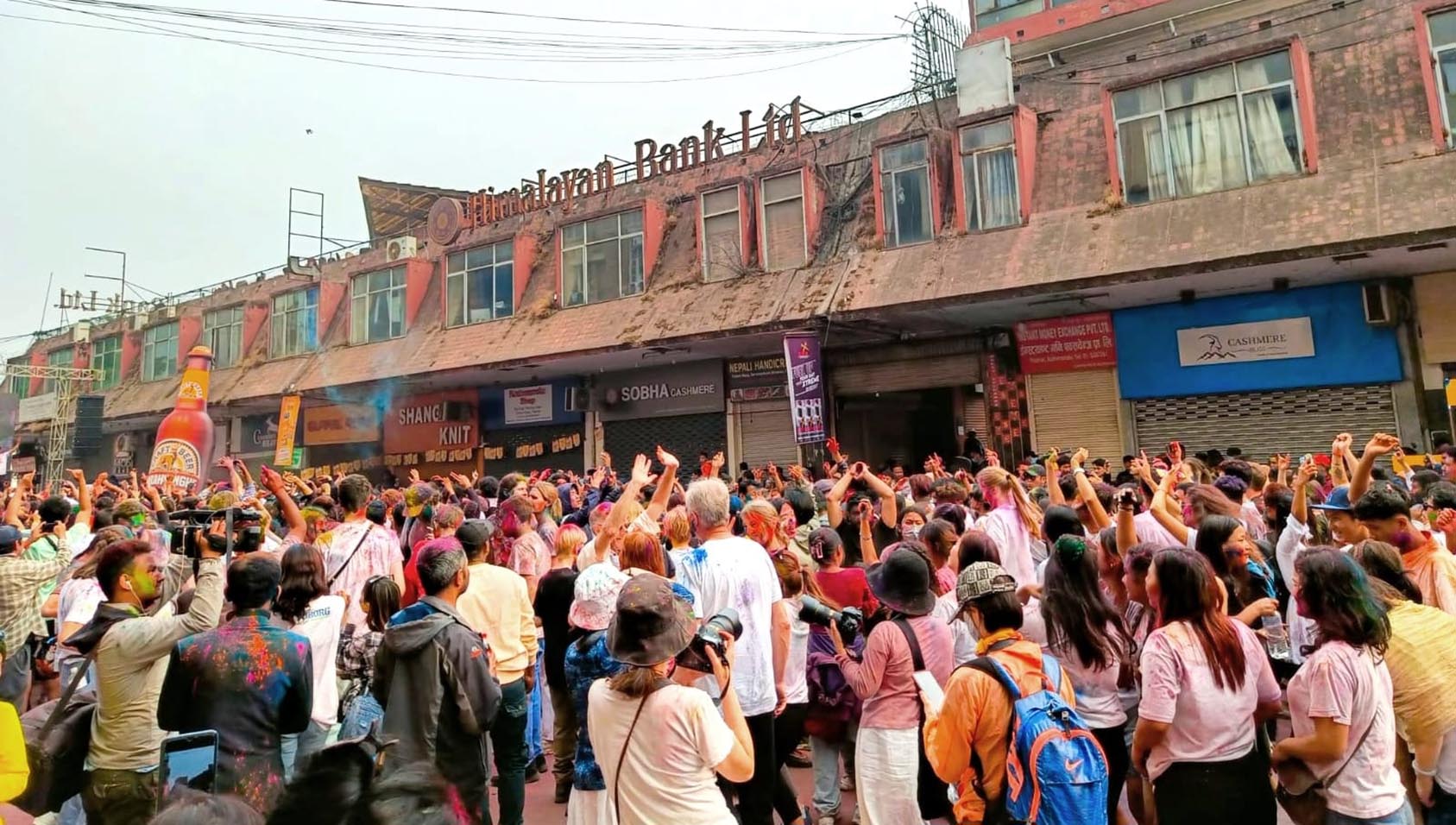
Celebrating Holi: The Vibrant Festival of Colors
24-03-2024
E-Visa in Nepal
11-02-2024
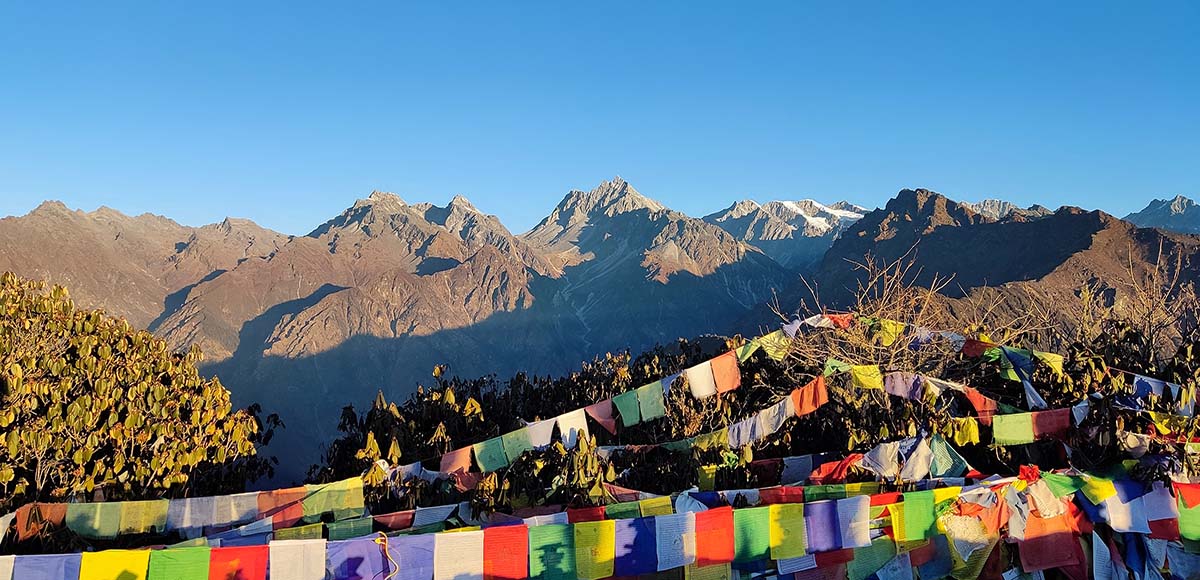
Helambu – Ama Yangri Trek!
12-01-2024
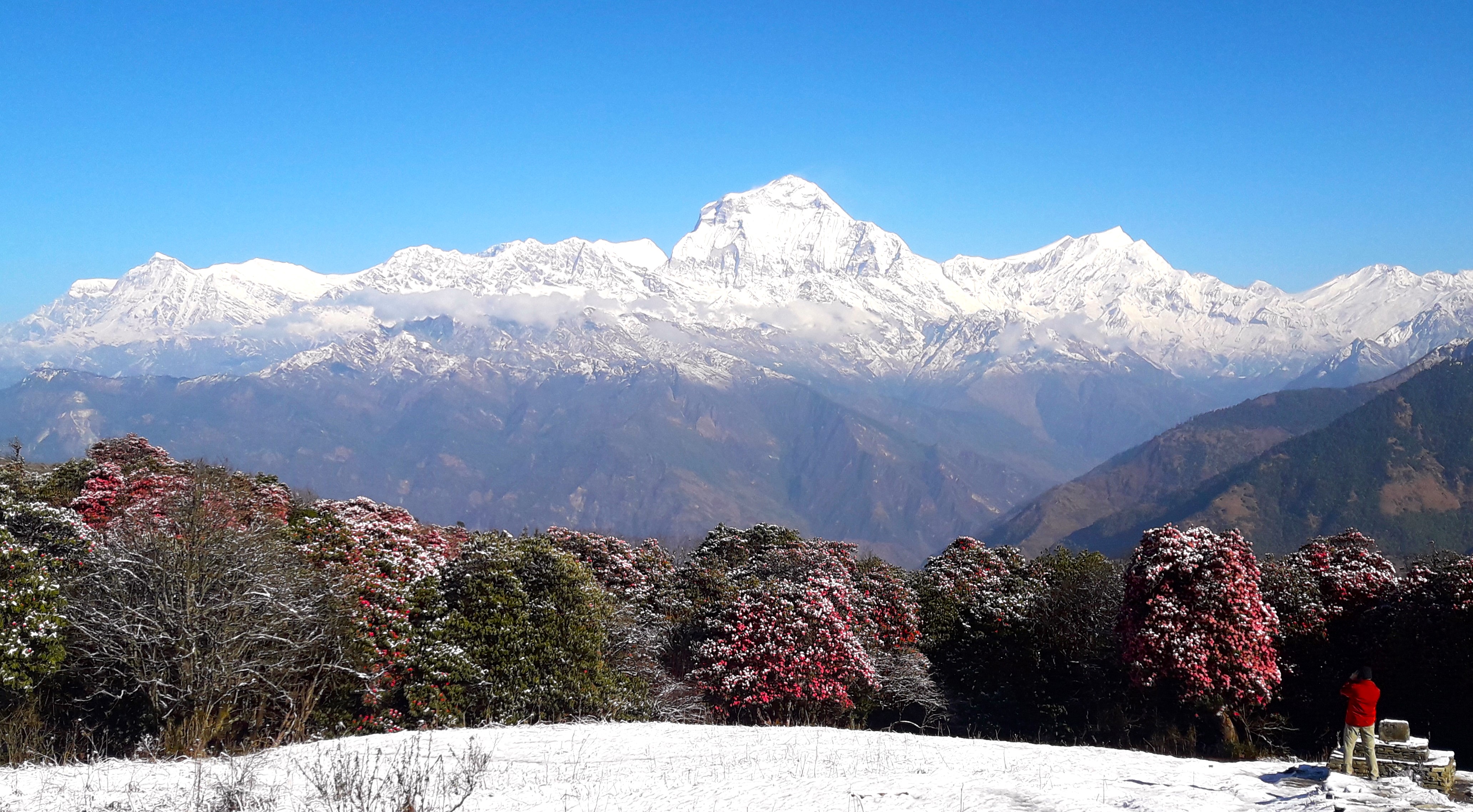
Ghorepani Poonhill: A Perfect Trek for Winter Season
08-12-2023
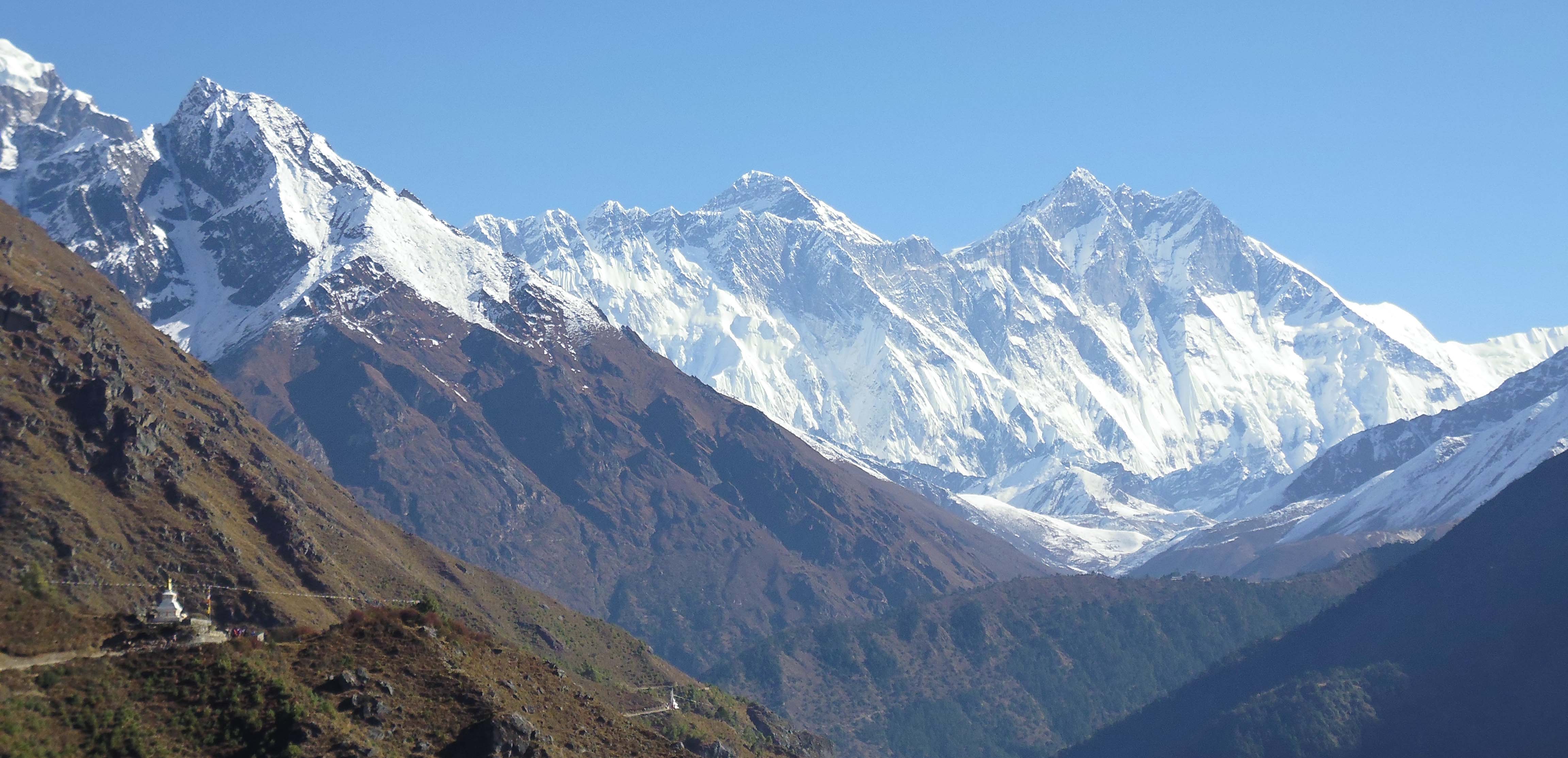
Winter Season Trekking in Nepal
06-11-2023

Dashain Festival in Nepal: A Celebration of Tradition and Unity
23-10-2023
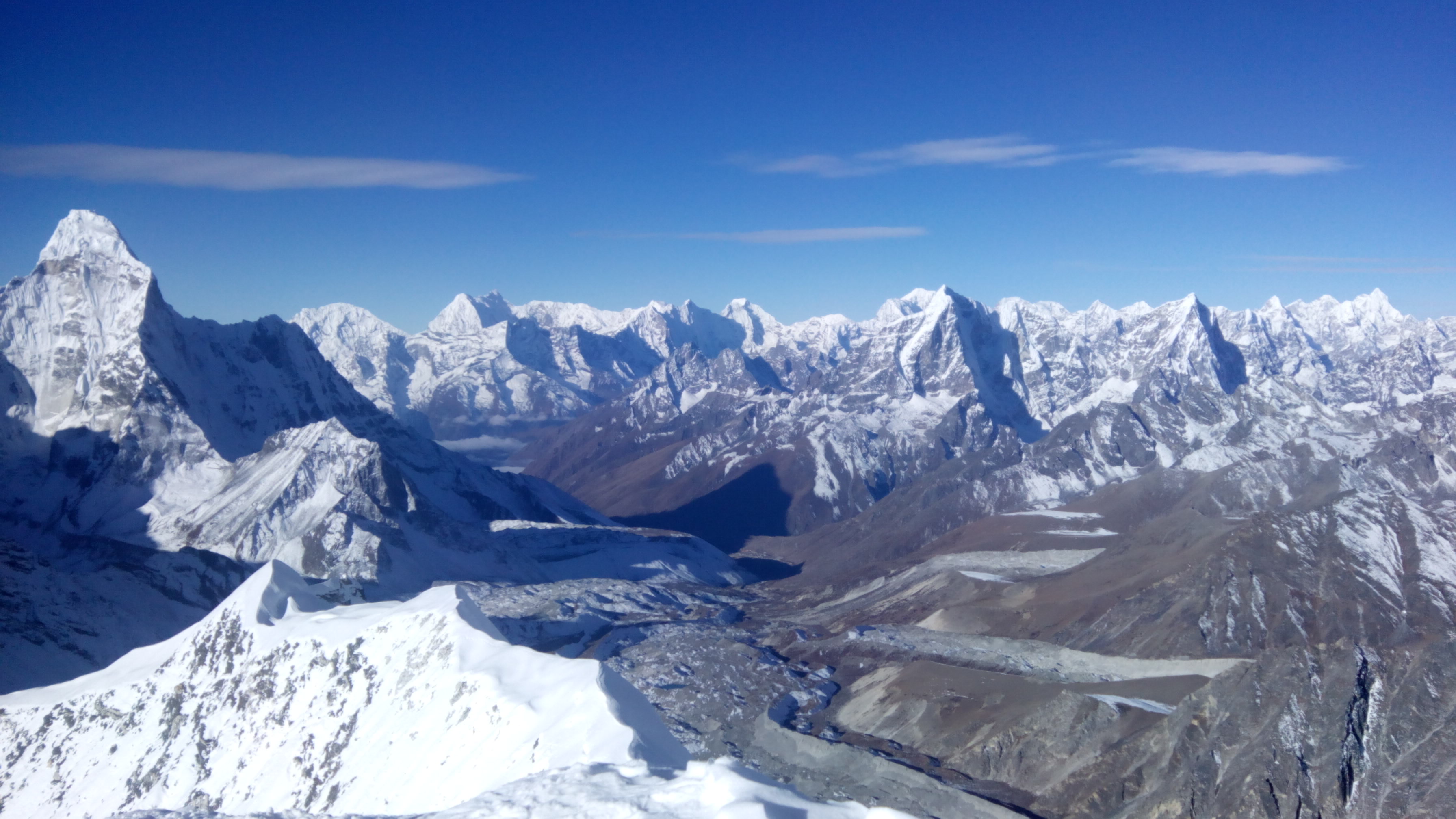
Island Peak : The journey full of adventures to the Himalayas of Nepal.
21-09-2023
Are you looking forward to extend your travel business in nepal?
Partner With UsTOP
- Nepal Bhutan Tour
-
Tours
-
Trekking

